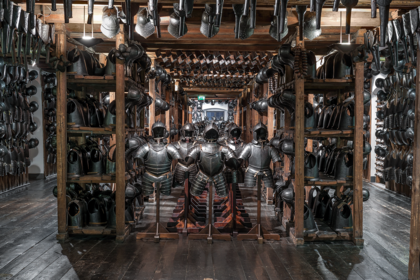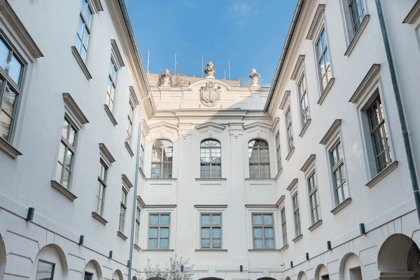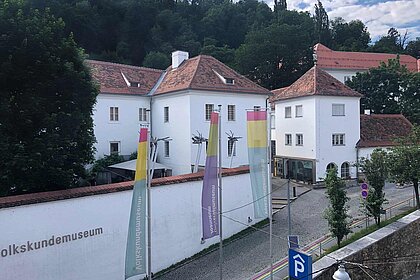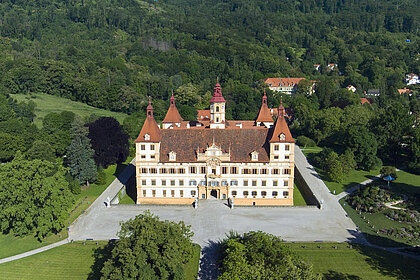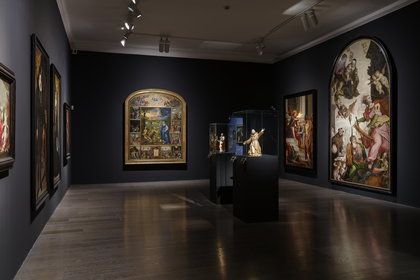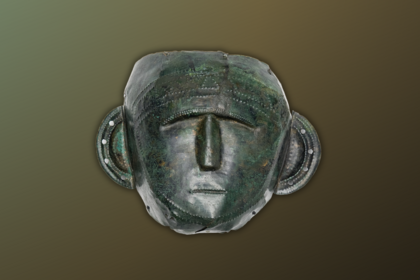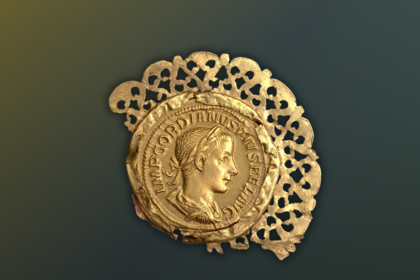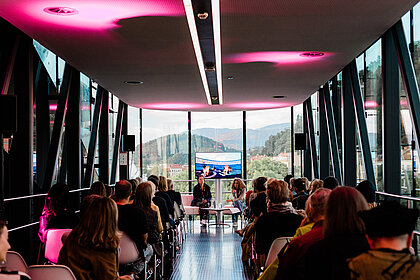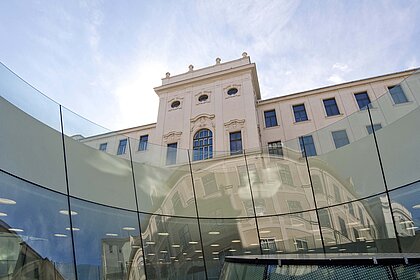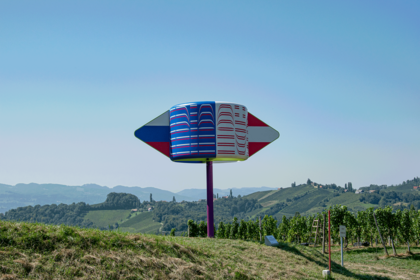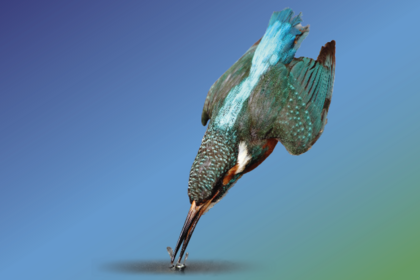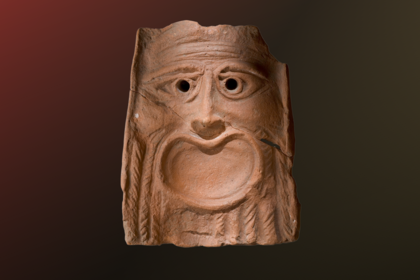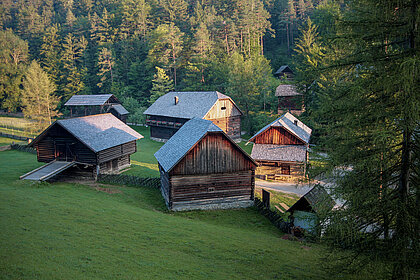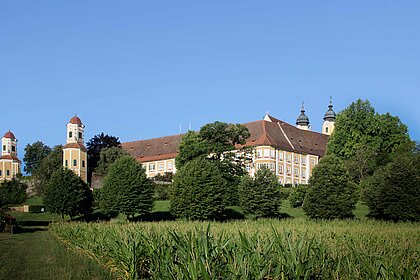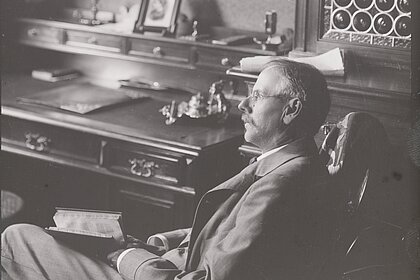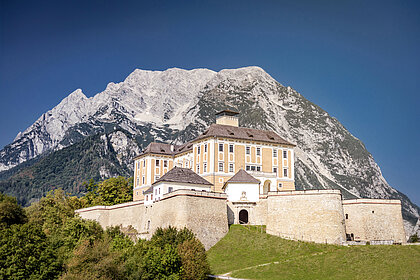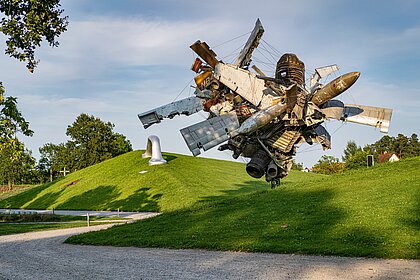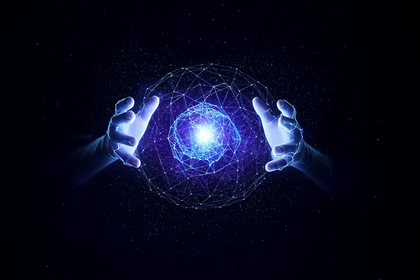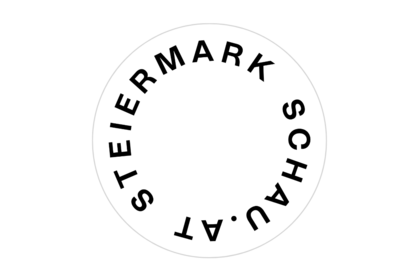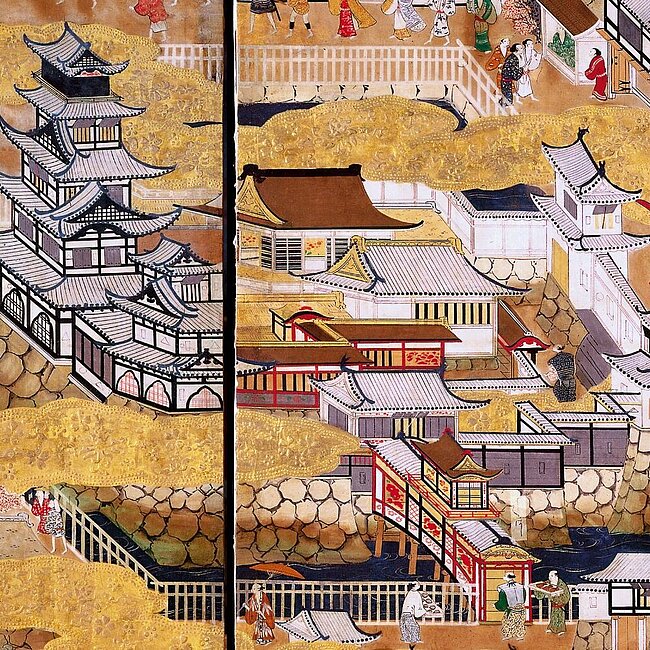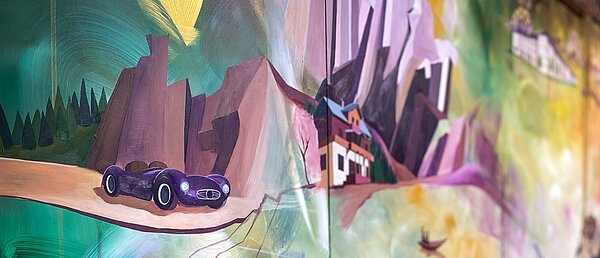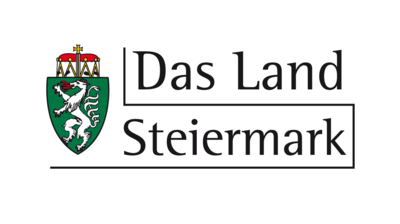PARAVENT HISTORY(S)
A transcultural dialogue between Ôsaka and Graz on the occasion of EXPO 2025


Image Credits
Commissioned artists
Curatorial and organisational support
Martin Baasch
Presentation date:
18.03.2025, 11am
Duration Folk Life Museum at Paulustor:
18.03.-30.03.2025
Duration Expo 2025 in Ôsaka:
19.06.-20.06.2025
Location of the presentation
in Graz: Folk Life Museum at Paulustor
in Ôsaka: Austrian Pavilion
Show all
Austrian Pavilion at the Expo 2025 in Ôsaka
Following the great success of the exhibition project Doubtful Practices / Practices of Doubt 2021/22 at the Austrian Pavilion at the Expo in Dubai, the Province of Styria has once again decided to present itself with explicitly artistic positions at the Expo 2025 in Ôsaka.
Artistic positions in dialog with the original
For its contribution to the Expo 2025, the Province of Styria has commissioned two Styrian artists to enter a dialog with the original Paravent and to contextualize and retell it in their very own artistic way.
Both projects pay homage to the historical original and its immense significance. Through their contemporary artistic approaches, they open up a transcultural dialog about the multifaceted connections between Ôsaka Castle and Eggenberg Castle, the Kansai region and Styria, as well as between Japan and Austria, the past and the present.
Before the screens make their way to the Expo 2025, visitors will have the unique opportunity to experience the artworks in a preliminary presentation from 18.03. to 30.03.2025 at the Folk Life Museum at Paulustor.
Glimpses
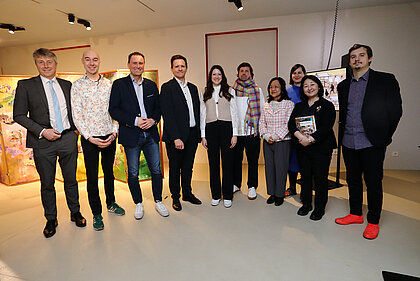
Image Credits
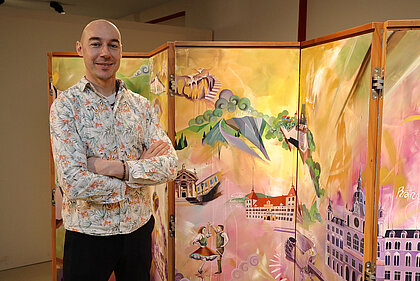
Image Credits
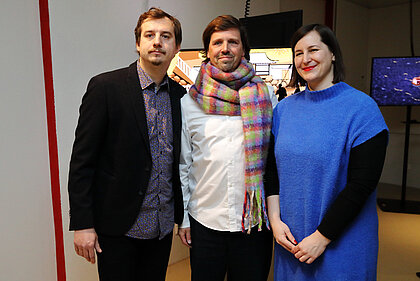
Image Credits
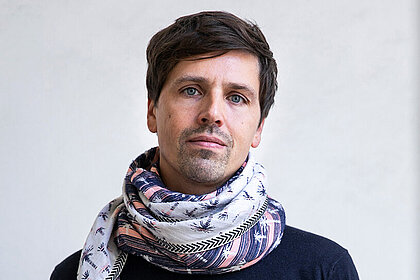
Image Credits
Martin Baasch
Kuratorische und organisatorische Betreuung
Paravent History(s) is an invitation to immerse oneself in the diverse connections between Graz and Ôsaka, the past and the present. Based on the original “Ôsaka-Paravent”, the artists commissioned by the Province of Styria retell the story(s) of the paravent in very different artistic ways, thereby making the diverse connections visible.
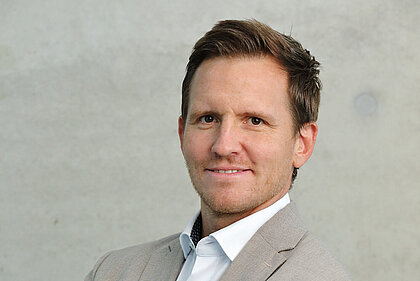
Image Credits
Marko Mele
Scientific Director of the Universalmuseum Joanneum
The Ôsaka Paravent at Schloss Eggenberg is a unique cultural treasure that opens a fascinating dialogue between the cultures of Japan and Austria. With Paravent History(s), we create a platform to revitalise this exchange through contemporary art in an impressive way. The Styrian contributions blend tradition with innovation, offering an inspiring exploration of the cultural connections between Graz and Ôsaka.
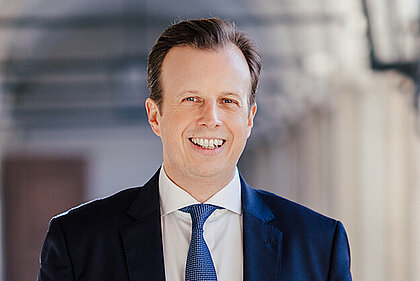
Image Credits
Karlheinz Kornhäusl
Provincial Councillor
With Paravent History(s) at the Folk Life Museum, the Universalmuseum Joanneum presents an impressive Styrian prologue to this year’s Expo in Ôsaka, Japan. Through their artistic approaches, studio ASYNCHROME und Tom Lohner create a contemporary discourse around the sensational discovery of the Ôsaka Paravent at Schloss Eggenberg. The Provincial Government of Styria places a strong artistic focus at this year’s world exhibition and establishes itself internationally as a region of art and culture once again.
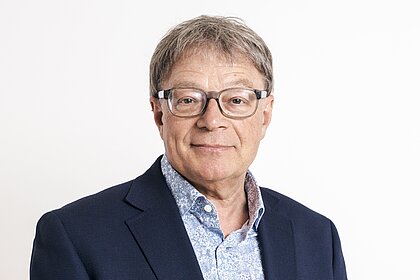
Image Credits
Alf Netek
Project manager Expo Austria
The Ôsaka Paravent holds special importance not only for the relationship between Graz and Ôsaka, but also for the ties between Austria and Japan. We are delighted that the Provincial Government of Styria, together with the Universalmuseum Joanneum, brings this connection to life through contemporary art, and that we can present the outcome of this collaboration at the Austrian Pavillion.
A project of:
